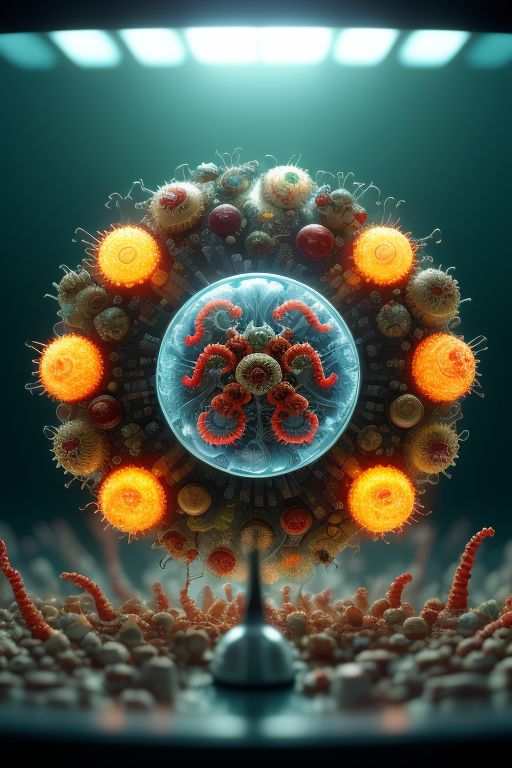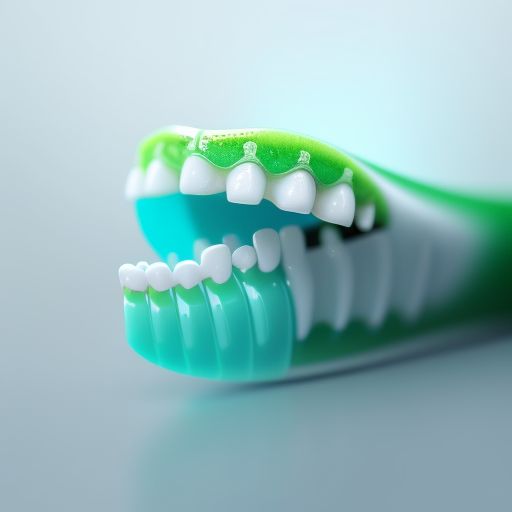Your local coffee shop
You might not think much about getting a simple cup of coffee when you're out and about. But you might want to think twice. Years ago, I worked at a coffee chain and saw just how bad the stores were.
Roaches
A lot of corporate coffee stores have roaches, even though their cleanliness standards may actually be really high. One store I worked at looked immaculately clean about 95% of the time and they still had them. The manager told me that some outdoor re-landscaping job had apparently brought them in; but seeing them at other stores made me think that was most likely just a story. All the syrups, sugar, food droppings, coffee grounds, and open containers of toppings are likely very inviting to bugs.
They didn't hire enough staff to really keep the stores clean enough. In fact, the main store I worked at was super filthy underneath the cabinets; there was just no way to clean the floors there. Another store I worked at hadn't cleaned behind their fridges in what looked like years. I talked with other long term baristas who told me of stories about roaches at other stores. My conclusion was that they are likely in many stores.
Sanitizer chemicals
An espresso machine uses a milk wand to steam the milk for drinks. After every use, that wand is cleaned with a Quaternary ammonia-based sanitizer. Then the wand is placed in the milk for the next drink. So you're likely getting a little bit of sanitizer in your drink.
Baristas who had been there for years made horrible mistakes as well. I remember one time I looked in the drip coffee urn to see if there were any coffee grounds in there. To my surprise, there was actually a sanitizer rag in it. This was after the urn had actually been used for over an hour to serve coffee to customers. The other issue is that the drip coffee urns are cleaned with a chemical called "Urnex." This stuff can make you sick if you accidentally ingest it.
The ovens that heat up your food are sanitized daily with a chemical sanitizer. I regularly watched employees clean the ovens lackadaisically and barely wipe them down after sanitizing them. So who knows how much of that residue is actually going into your food. Only one person I ever met told me that they should be wiped clean multiple times to get rid of the sanitizer.
A different employee cleaned out the ice holder one day and I noted to her that, "she was the only person I'd ever seen do that in more than 6 months." Apparently, the ice holder can get moldy if it isn't cleaned. The employees often don't have enough time to do a dedicated cleaning task like that. So I would assume that most ice you get at a restaurant, or coffee shop, has some level of mold in it.
The metal mugs they used to pour your milk always have a little bit of left over water in them; I was the only person I ever saw routinely pour it out before making a drink. The other issue with those mugs is that there is always a layer of milk, matcha, and espresso permanently encrusted onto the bottom of the mug. They get "washed," but are never really clean to the bare metal.
Expired food
One time I had a customer ask what the production date on the pre-made food was. At first, I thought to myself, "Oh, not another difficult customer." So I looked at the dates. They were over a year and a half old! I was surprised. He refused to purchase the food. I wish I took a picture that day, because a couple days later they were gone and only relatively new ones were in stock. So it must be an occasional thing, but once in a while you will get ancient, possibly inedible food.
It's possible that some package got forgotten in some corner and an employee from the food sourcing company just threw it in the truck without noticing that it was over a year old. However, I did get a picture of a frozen pre-made food package with a production date that was 8 months old. Do you really want to eat frozen eggs that are a year, or more, old?
Would you like aluminum sprinkles with that?
The pastry holders were made with really cheap aluminum trays made by Edward Don & Company. These trays were regularly sliding in and out on top of cheap, flat, aluminum rails. This creates a thin layer of aluminum dust. I know because one time I cleaned the trays and the sanitizer rag, and my hands, were blackish gray. It reminded me of metal shop in Junior High.
I told my shift lead, the high school kid in charge, and he said, "that's just dust." And I thought to myself, "Yeah, aluminum dust." Normal dust comes off the hands easily, this was more akin to handling newspaper and getting the black dioxins on your hands; it doesn't come off without a harsh wash with lots of soap. Of course the pastries are all in plastic bags. But then those bags regularly sit on the same surface as the food in the food preparation area. The whole situation is just not ideal.
Wastefulness
Lastly, the amount of waste generated by a single coffee store alone is mind-boggling. Daily shipments, bags of coffee grounds, plastic of all sorts, and endless packaging littered the back-rooms. An entire 2 cubic yard dumpster could easily be filled in two days (around 24 bags of trash). With 14,606 stores, as of 2018, that represents around 350,544 bags of trash every two days. That is 63,974,280 bags of trash a year! At one store I worked at, it was the policy to place everything, including recyclables and compost, into the trash.
The other element of waste that you don't see quite right away is the coffee. So much coffee is wasted, simply because it is cooled down or "too old" (more than 20 minutes in some stores). Coffee shops are easily losing millions of dollars every year due to their inefficiencies in this area. If they used an artificial intelligence/machine learning system to actually track their coffee usage and customer traffic, they could save a lot of money.
I am sure there are other organizations producing significantly higher amounts of waste and it may not be fair to single out coffee shops on this point, but when I saw this waste I thought to myself, "If you care about the environment, don't eat out; stay home and make your own coffee."
The list of health, sanitary, and environmental issues goes on and on, but you get the idea. Even just getting a simple cup of coffee could result in a major health problem.
If you managed to get this far, have a listen to this great song by Linus Pauling Quartet, titled Hamburger Girl.











